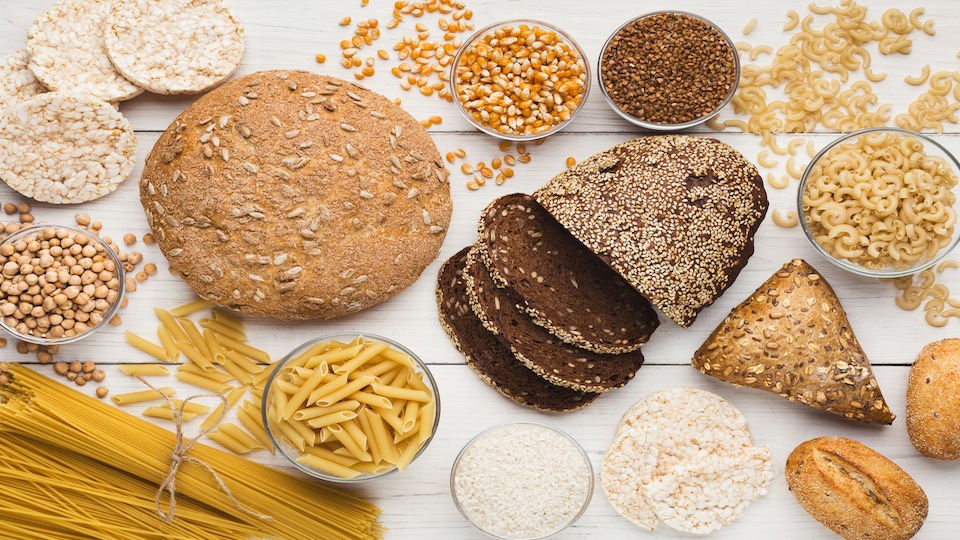Sometimes the best lessons a doctor can learn come from patients themselves. Such is the case with this story about one of my bread-loving patients who suffers from intense gastrointestinal reactions to wheat and gluten. Of course, she eats gluten-free, and she pays dearly whenever she “cheats” or accidentally gets exposed. But that all changed a few years ago when she went on a European vacation. As she was traveling and eating her way through France and Italy, she decided that she was willing to risk the intestinal distress for a few bites of the bread in France and a taste of the fresh the pasta in Italy. So, she indulged. She waited. And waited. And…nothing. For the remained of the trip, she found that she was able to tolerate pasta, bread, and other wheat/grain-based foods without experiencing the reaction that she had come to expect at home. I have seen/heard similar stories many times since she first brought this interesting phenomenon to my attention. I think you’ll enjoy this post about better alternatives to our modern no-good grains.
-JL
Gluten-free is all the rage these days, with many people choosing to ditch wheat and other grains for their health, because of an allergy, or because they simply feel better when they don’t eat it. However, believe it or not, not all grain is bad for you. In this article, we delve into the difference between modern wheat and ancient grains to finally find the truth about bread once and for all.
Modern wheat vs. ancient grains
Generally speaking, food that people have been eating for thousands of years is better than modern food. Think about it, once we started putting chemicals into food, and genetically manipulating its structure, the quality started to decline, and food became twisted. The most healthy food we could possibly put in our body comes from the earth…not a lab.
‘Ancient grains’ is a broad term to describe grains that have been planted and cultivated the same way for thousands of years without any intervention or manipulation by modern technology. Modern wheat, on the other hand, stems from a variety of wheat from the 1960s that was cross-bred and genetically manipulated to become more disease resistant, more cost-efficient, and higher yielding.
On the surface, this doesn’t necessarily sound bad. However, this early genetic tampering wasn’t the end of the story. Modern wheat is also subjected to bleaching, stripping, and processing that creates something virtually unrecognizable from early wheat crops. It is robbed of all nutrients during its growth as well, with chemical fertilizers and pesticides leaching vital nutrients and minerals out of the soil.
This has lead to an increase in wheat sensitivity, with many people experiencing fatigue, headaches, abdominal pain, and bloating after eating wheat. Thankfully, there has been a recent resurgence of the popularity of ancient grains, and though some are not gluten-free, many find that their digestive systems are better equipped to handle the gluten when it does not come in the form of genetically redefined wheat.
Plus, ancient grains have been shown to be higher in protein, vitamins, protein, and minerals and usually taste better than modern wheat. Once you start enjoying whole food made with the unique flavors of ancient grains, you’ll never go back to bland wheat again. Ditch your processed wheat for these ancient grains today!
Spelt
Many people love spelt for its nutty, flavorful taste that makes delicious bread and rolls. Technically, this ancient grain is not gluten-free, so it is important to avoid it if you have celiac disease or gluten sensitivity. However, if you merely find yourself sensitive to modern wheat, this may be a good grain to try as it is easier to digest. It has far more nutrients than wheat, including protein, magnesium, selenium, folate, and is an excellent source of fiber.
Quinoa
Though it is often listed alongside grains, quinoa is technically a seed and is totally gluten-free. This ancient food is a powerhouse of protein, containing all nine essential amino acids. Quinoa has also been shown to have oxidative protection, meaning it protects the body against cancer-causing free radicals. Once cooked, quinoa is delicious in soups, stews, stir-fry, or cold salads.
Amaranth
Amaranth is another one of those confusing ancient grains that isn’t actually a grain. In fact, it could technically be classified as both an herb and a vegetable but is often simply called a “pseudo-grain” to simplify the matter. Studies have shown that its health benefits are incredibly prolific ranging from lowering cholesterol and stimulating the immune system to reducing blood glucose levels. On top of that, it is full of fiber and gluten-free.
Kamut
Though Kamut does contain gluten, it is often reported as being easier to digest than modern wheat, though most of the evidence is purely anecdotal. It is a naturally sweet tasting grain which makes it great for baking, plus it has a fairly high protein content. Is it also high in selenium giving it certain antioxidant, and cancer-preventing capabilities.
Millet
As with most of the ancient grains, millet has an impressive nutritional profile. It is high in fiber, Vitamin B, magnesium, and protein. Its nutty flavor is tempered with a hint of sweetness, and though it can be a little difficult to cook with, the learning curve is more than worth it.
If you haven’t yet experienced the joys of ancient grains, it is definitely time to jump on the bandwagon and ditch modern wheat for good. You’ll feel better and still get to enjoy a warm slice of bread…without the digestive consequences.
-The UpWellness Team









